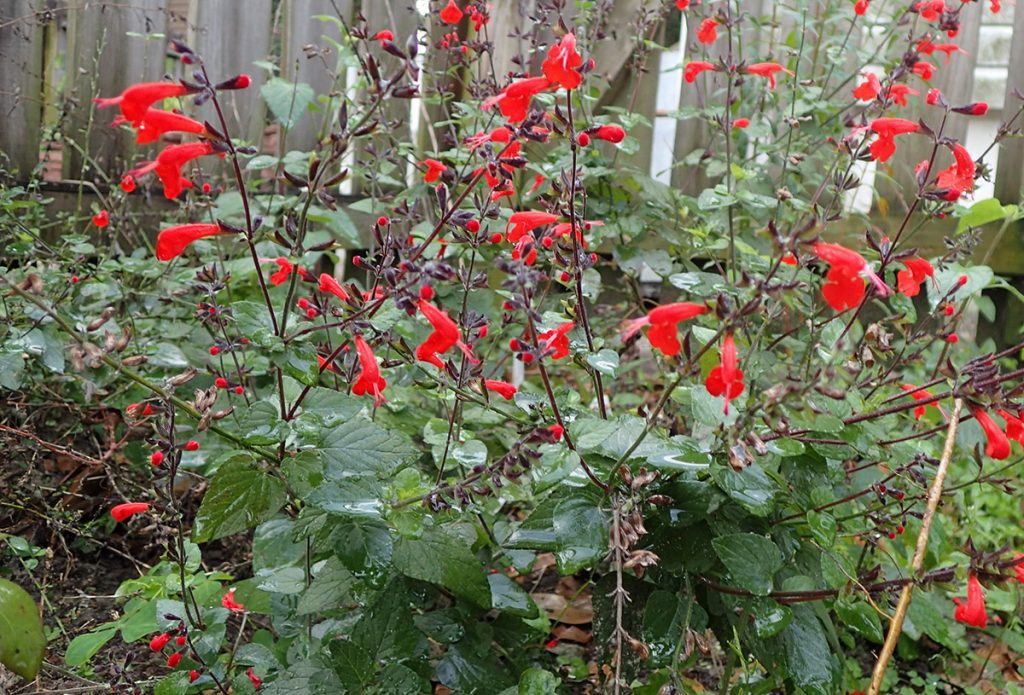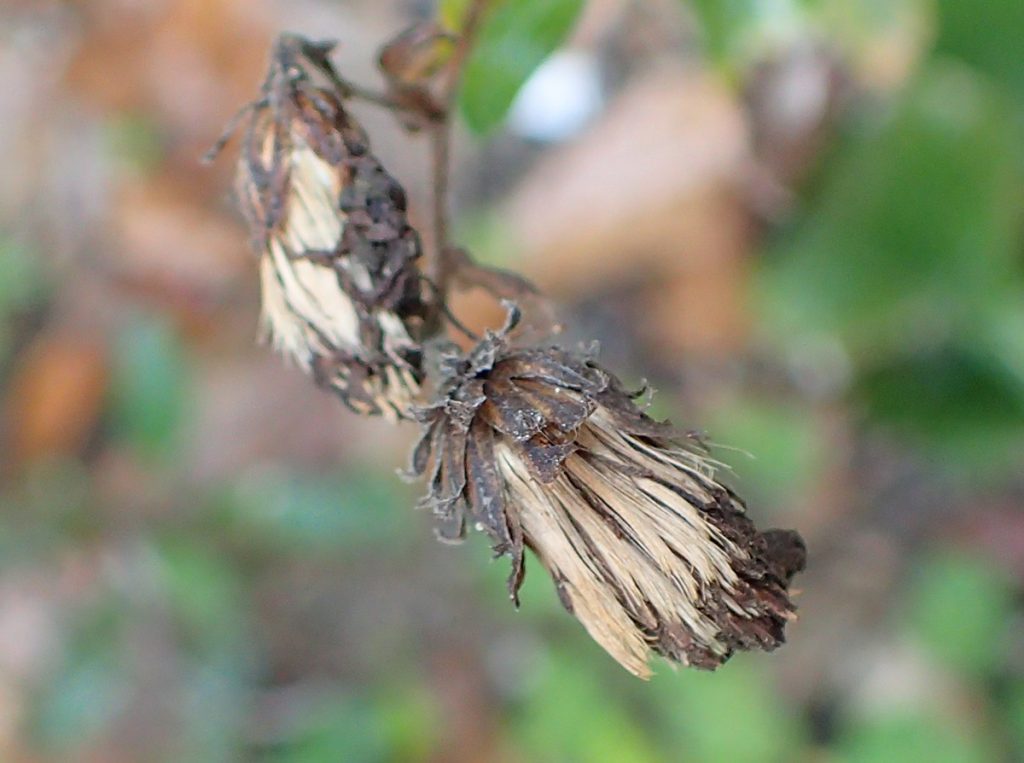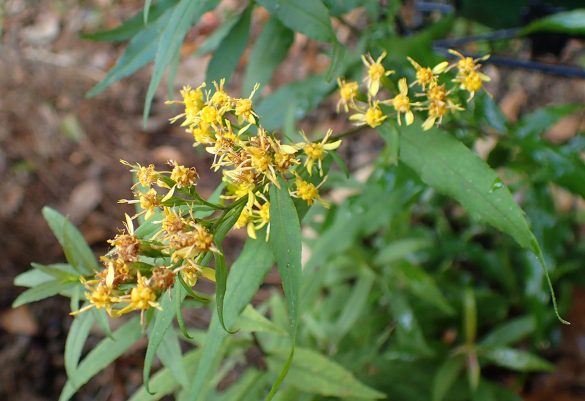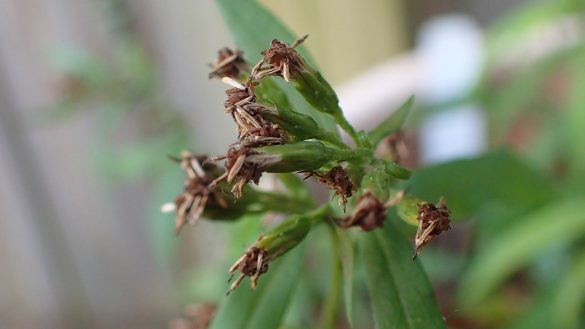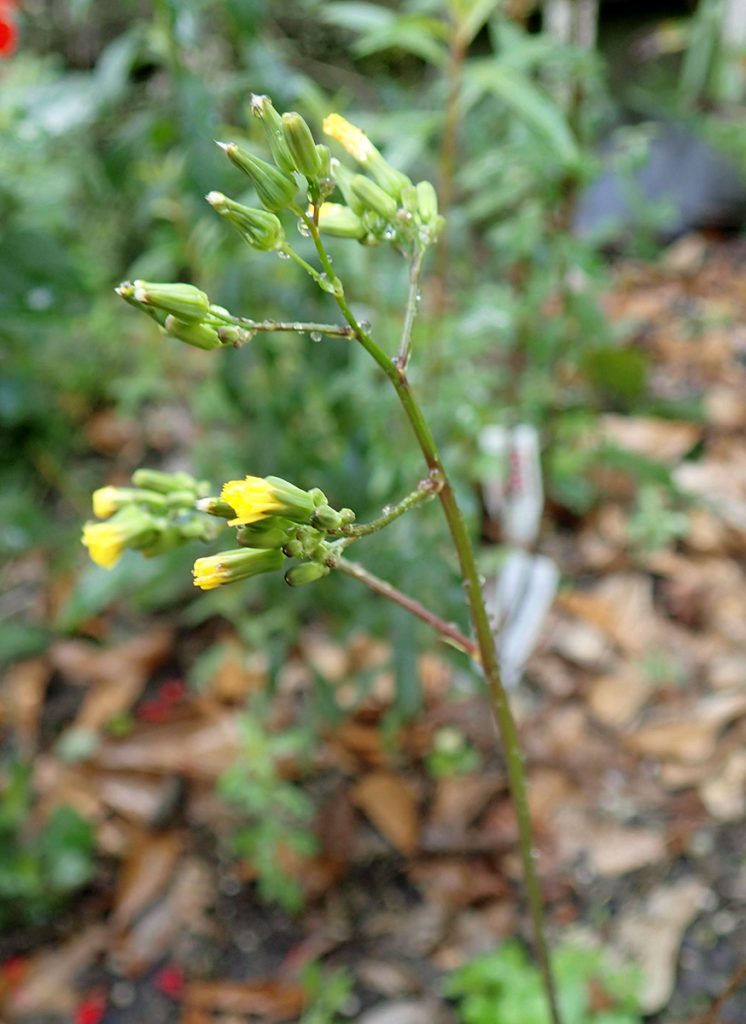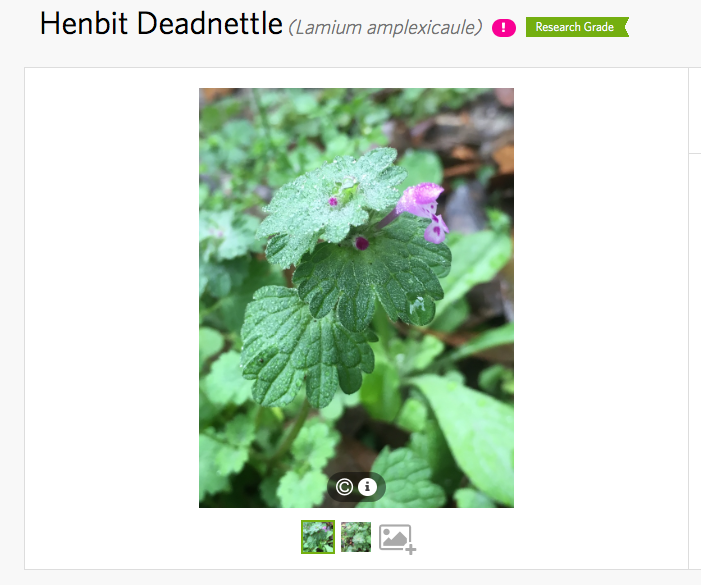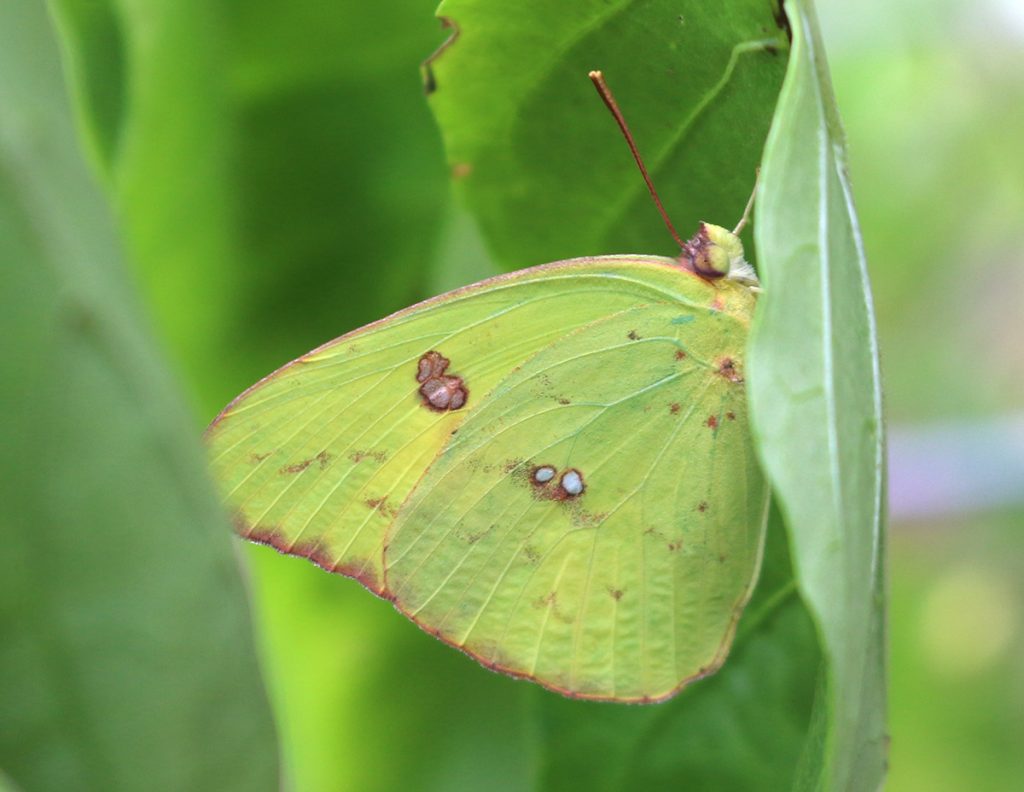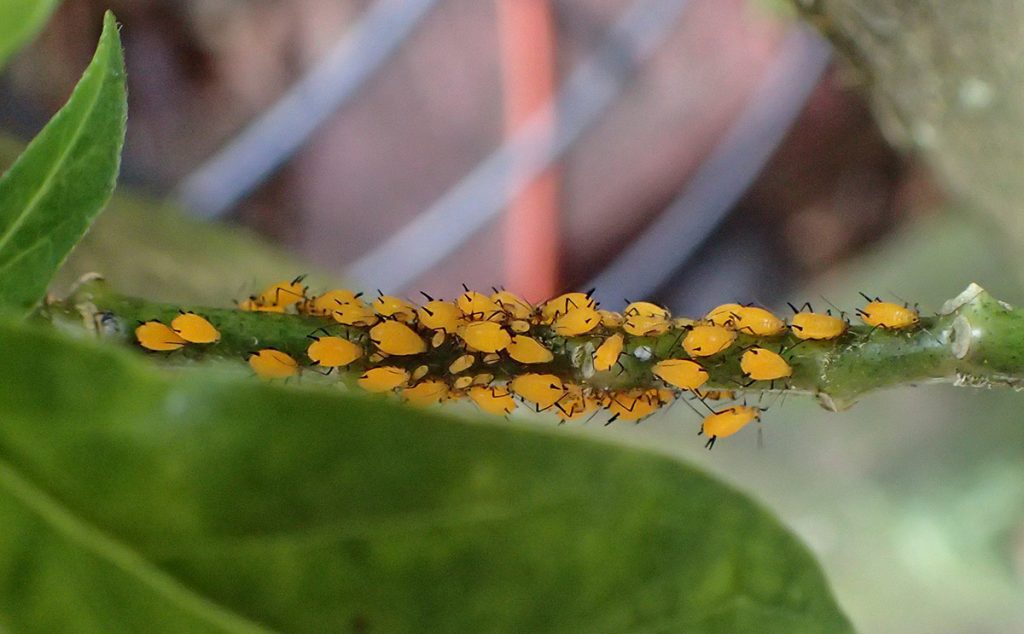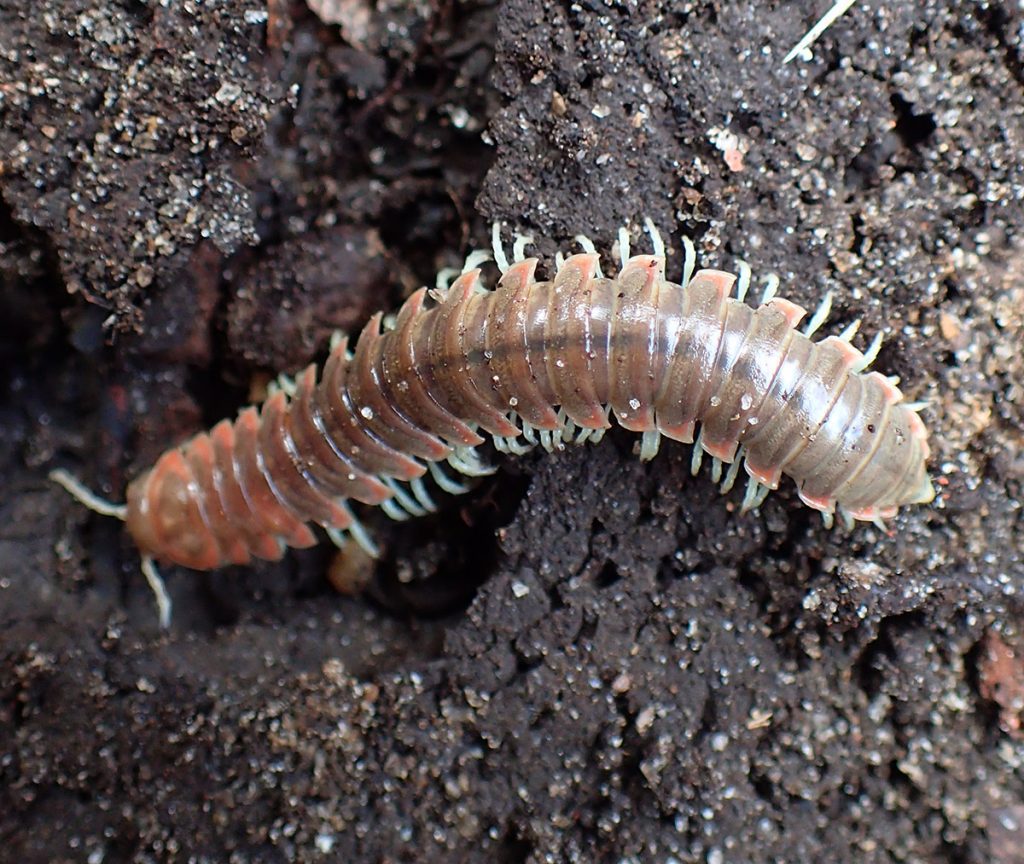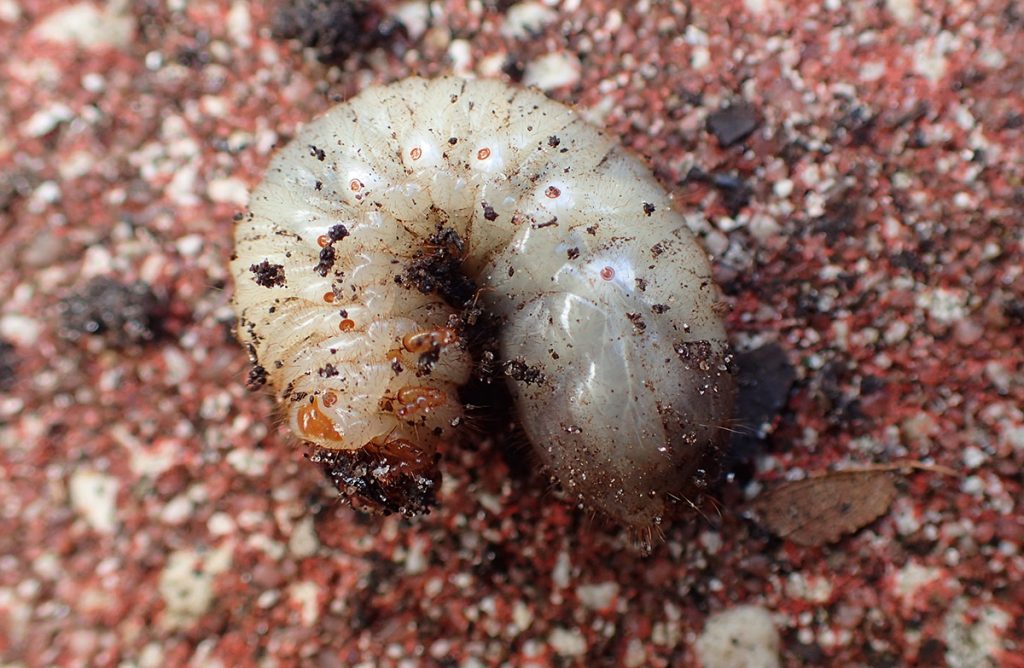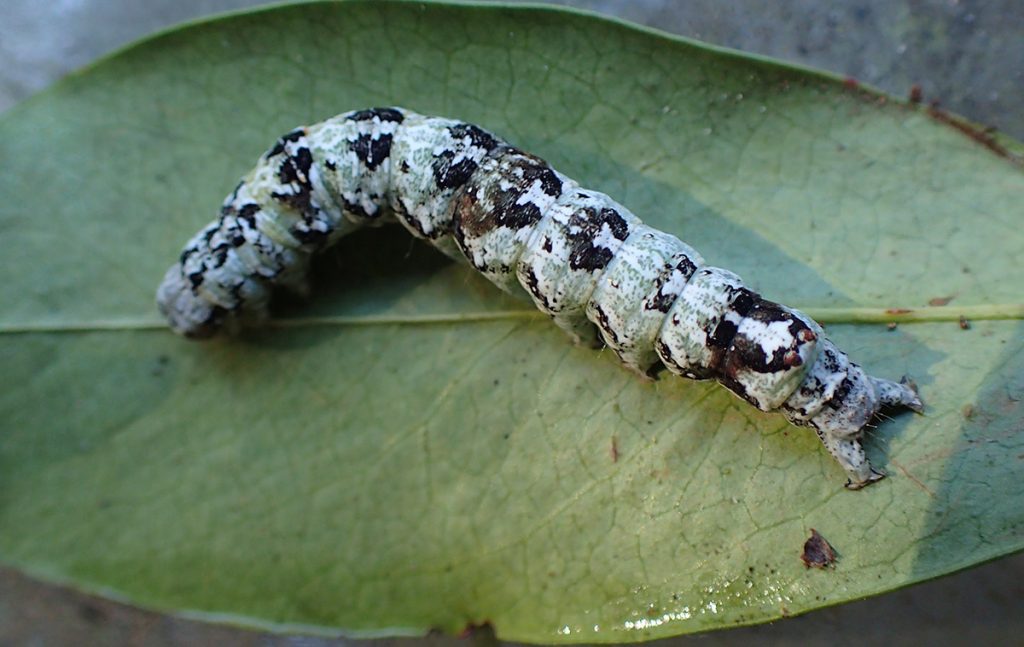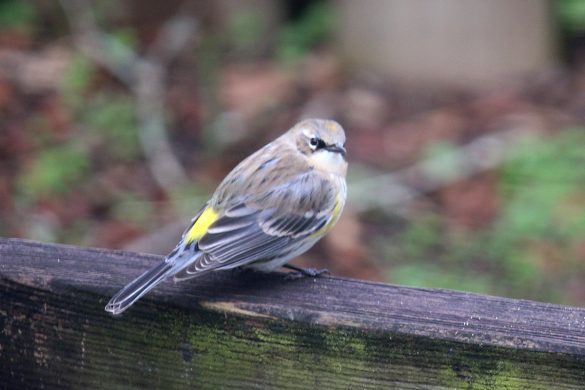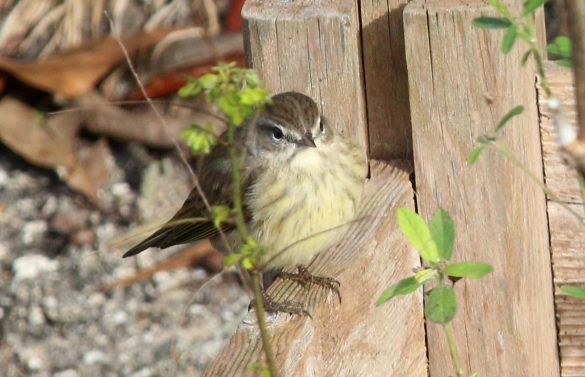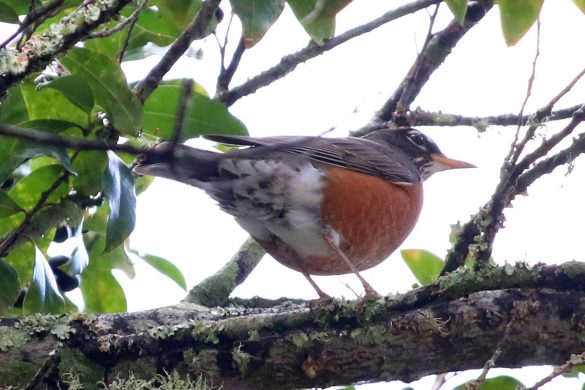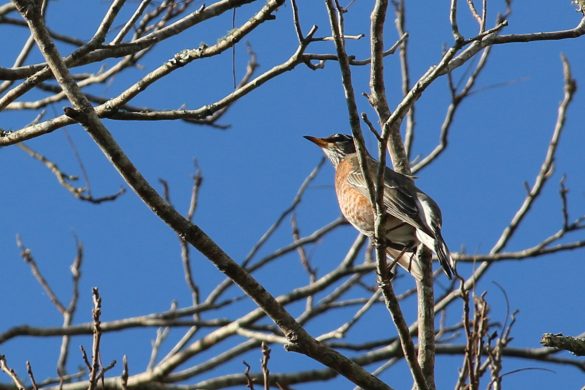Welcome back to what had been the bug blog! We’re still going to be largely focused on bugs, but with a more holistic approach to backyard biology. January 2019 was a good month to start with this approach. The crazy range of temperatures during the month had plants blooming unseasonably; while at the same time migratory birds found winter foraging grounds in the yard.
This year I’m more fully incorporating a few citizen science tools to help teach me about my yard while sharing data about plant and animal diversity in my yard. iNaturalist has become a useful tool in the garden, and there are a couple more we’ll see throughout the year.
So let’s get started!
Browse additional Backyard Blog entries.
Typical north Florida January Weather?
We had a high of 81º F on January 1, and a low of 29º on January 31. Looks like a Tallahassee January to me! The average lows of 39.4 and average highs of 64.25 are about in line with historic averages for Tallahassee. Last year we had a colder than average January, with highs averaging 60.5º and lows at 35.6º. In January 2018, we had eighteen nights where we felt temperatures at or below freezing, compared to ten this year.
So how did these differences in temperatures affect the plants and animals in our yard this year? For one, I never had a hard frost in my yard. A few cold fronts dipped temperatures as low as 28, but these snaps only ever lasted two or three days. In 2018 we had two stretches of 6 and 7 days where lows were in the twenties, going as low as 20º. And we had a snow day!
As you’ll see, we had several plants stay in bloom during the month, where much of the garden died back last year. Many of our plants last year grew back or reseeded, but it took a while. With February warming up, I’m looking forward to an increase in pollinator activity from last year as the garden looks to sport more flowering plants earlier.
Flowers in January
If you read the Bug Blog last year, you might know a little about my yard. It’s mostly paved, and on the sides of the house, it’s covered with pavers. I spent what time I had in January removing the pavers from one side of the house. Above you see one of the flower beds I put in last fall when I started the process. Across from it is another bed in which I’ve planted wildflower seeds.
Most of the flowers in the bed have gone to seed, like the aster below:
But not only have the red salvia plants in the photo above stayed in bloom, they’ve been reproducing. I count more than the two plants I bought and planted. There is a mix of dead looking flowers and those still in bloom. I have two potted goldenrod plants in contrasting modes, right next to each other:
I’m interested to see what the flower bed does in the following weeks, now that it’s started warming up. When native wildflowers look dead like this, they’ve gone to seed. Those seeds drop into the bed, where they expect to become cold in the winter and warm again in the spring. Their seeds have evolved to do this in our area. So I look forward to seeing what sprouts coming up.
But not everything that sprouts is welcome in my garden.
Managing Invasive Species with iNaturalist
In the past, I’ve let almost any flowering plant that popped into my yard be. More nectar for bees and butterflies, I thought. But I’ve had this nagging thought- are these plants native? Now that I’m increasing my space for flower beds, I want to make sure ecologically sound flowers aren’t crowded out by invasives.
Enter iNaturalist. I started using this app months ago, in preparation for EcoCitizen Day and the related content we’ve been producing. I had been focused on Lake Elberta and the Munson Sandhills, where the event will take place. And I’ve been using it on outdoor excursions with my family. But might this be a gardening tool?
For instance, the dandelion looking plant above. It’s all over my yard. I took a photo in iNaturalist and it suggested the Youngia genus, a member of the subfamily Cichorioideae, which includes dandelions. A community member suggested Youngia japonica, oriental false hawksbeard. I looked it up and that’s what it was. It’s non-native. It’s got to go.
Here’s another non-native species growing in my yard:
Once I identified them in my yard, I’ve been noticing them everywhere. iNaturalist can be a pretty effective educational tool this way, though I’ll say to not expect the community to be able to identify everything. In addition to my own personal edification, iNaturalist can be a citizen science tool. Walking through my neighborhood the other day, I photoed several nandina and one coral Ardisia plant. The Ardisia plant is part of an iNaturalist project mapping the invasive species in the state of Florida. That can be useful information to have.
January Bugs
I haven’t gone hunting for bugs in the yard like I did last year at this time. But I’ve found a few nonetheless.
The yellow sulphur in the photo above was hiding in a green pepper plant. On the first of the year. I’ve found it in this plant before, a few weeks earlier. Unlike that time, I stumbled upon it and it didn’t so much as move. Might this be the sulphur’s way of semi-hibernating? I’ll have to ask Dean and Sally Jue when I interview them in the next month or so for the EcoCitizen project.
Also, it’s worth noting, that pepper plant is still alive and producing fruit in January. I never even had to cover it. So I’m a little ahead on my spring garden.
I saw milkweed aphids on my swamp milkweed plants, and they were in the garden last January, too. By the way, I was at the Refuge with the Monarch-Milkweed Initiative recently, and I’ll have a post on growing native milkweed in north Florida next week. And also, we have a ton of butterfly weed to give out. Keep an eye on the WFSU Facebook page and here on the blog for more info on how to get some.
Turning over pavers, I saw millipedes and beetle larvae, which remain active in the soil during colder months. I never got a species-specific ID with iNaturalist, but did get the millipede narrowed down to the Xystodesmidae family.
My most interesting find this January was a moth caterpillar:
To ID this, I used a combination of iNaturalist, Facebook, and Google. iNaturalist thought this might be in the Ilia genus. I’m in a caterpillar ID group on Facebook, and when I presented this photo, a commenter said it looked like an Ilia underwing, but out of season. I Googled Ilia underwing to check it out, and that appears to be what I have here. It hasn’t been so cold a season here in north Florida.
This species hosts on oak trees, and I found it in leaf litter under an oak tree. After a couple of observations I made last year, I’ve been curious about what insects are in the out of reach branches of the oaks in and around our yard.
Visiting Migratory Birds
Lastly, we’ve had some northern visitors using our bird feeder, and picking through acorns in the yard.
We have one palm warbler and one yellow-rumped warbler that seem to have taken up residence in our yard for the winter.
And in mid January, we received our annual visit from the robins:
On January 13, I spotted a few individuals in neighboring trees. Only a few came close enough to photograph. When we returned from a camping trip on January 27, we scared a bunch out of the driveway when we pulled in. They have subsequently been moving throughout the neighborhood.
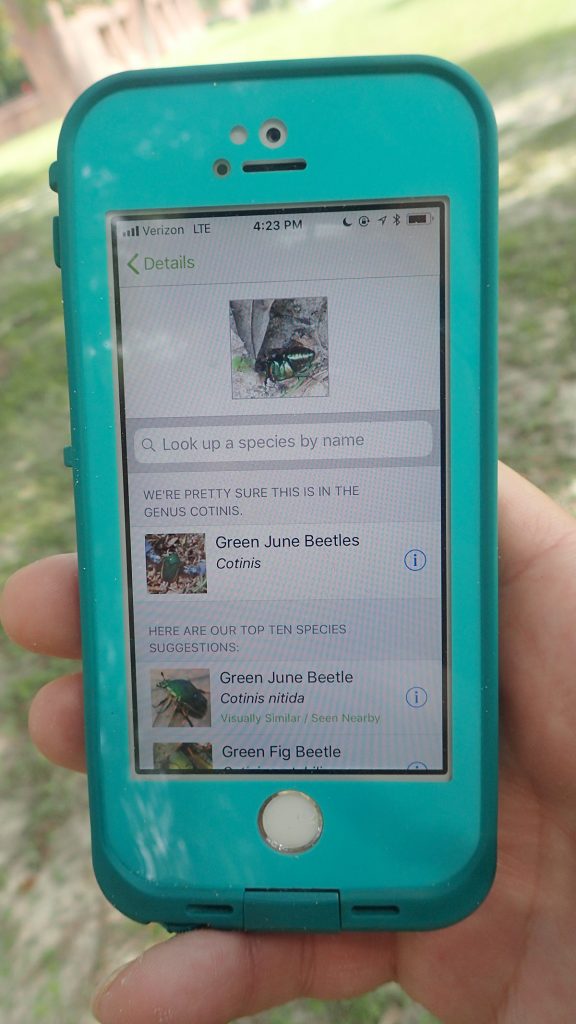
Apps and Citizen Science mentioned in the Backyard Blog
iNaturalist
Identify plants, animals, lichens, and fungi in your yard. Other users correct your identifications if you’re wrong, and even if they don’t, it can be a good springboard to further research.
Seek by iNaturalist
Instant identification, and it doesn’t record your location. This is a good option for kids with phones.
Monarch Larva Monitoring Project
Enter information about monarch caterpillars in your yard, and help researchers get a sense of the health of the monarch population that year, and how and when they’re migrating.
Great Sunflower Project
Record the number of pollinators visiting your flowers, and help researchers map pollinator activity across the country.
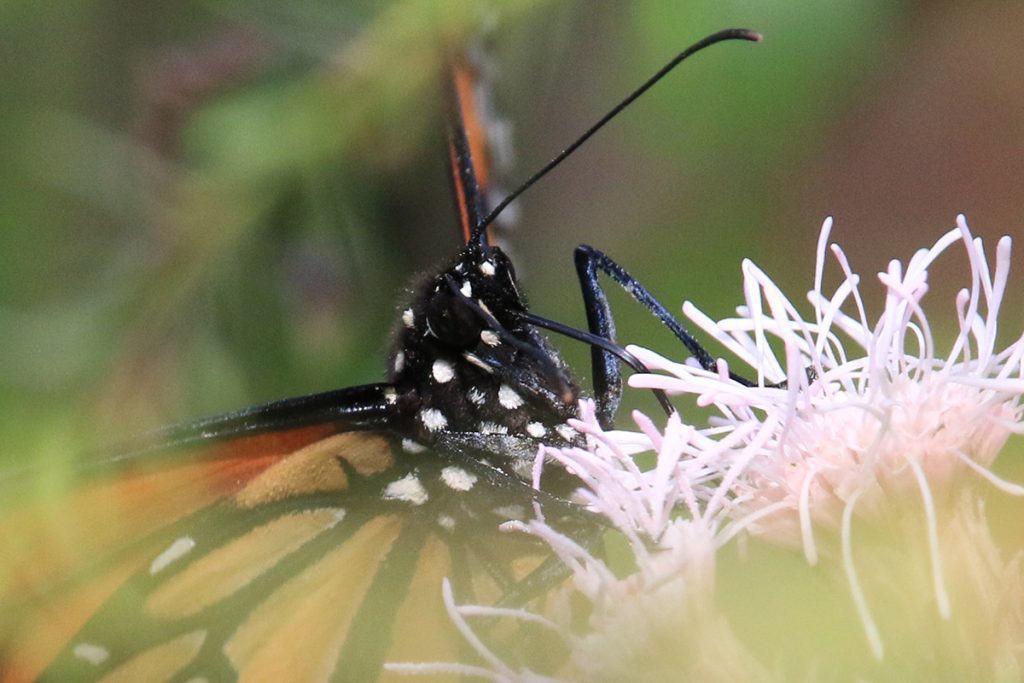
Dig Deeper into Backyard Ecology
What can we do to invite butterflies, birds, and other wildlife into our yards? And what about the flora and fauna that makes its way into our yards; the weeds, insects, and other critters that create the home ecosystem? WFSU Ecology Blog takes a closer look.


